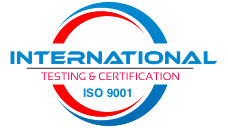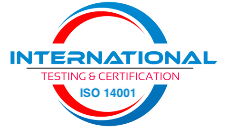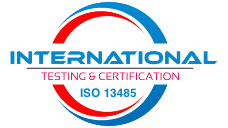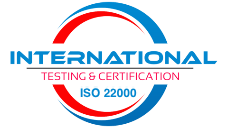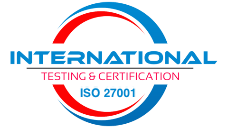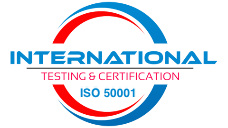Our Locations
41 Devonshire Street, Ground Floor, London, United Kingdom,
41 Devonshire Street, Ground Floor, London, United Kingdom,
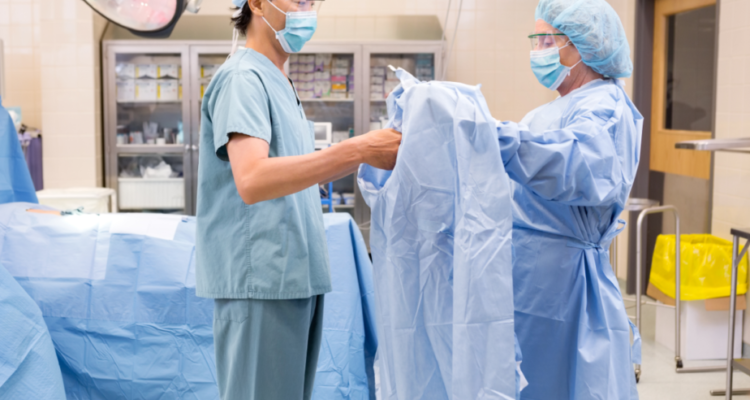
Surgical clothing and drapes. Requirements and test methods. Surgical drapes and gowns
EN 13795 SURGICAL DRAPE AND GOWN TEST REQUIREMENTS
Surgical textiles, such as surgical gowns, surgical drapes and clean air suits, are used to protect patients and hospital staff from infections
• Surgical textiles are regulated by EN 13795 series of standards
• EN 13795 specifies requirements and excludes non-conforming products from the market – e.g. fabrics without sufficient barrier function, whether disposables or reusables (cotton)
• Modern reusable products (like micro fibres or laminates) provide not only safety but also more comfort, sustainability and cost-effective solutions compared with disposables.
Surgical gowns and drapes serve to reduce post-operative wound infections, thereby protecting hospital staff and protect patients against hospital-acquired infections (HAIs).
• Surgical gowns and drapes are medical devices which are subject to legal requirements in terms of infection control.
Due to their intended use surgical textiles are usually considered to be medical devices and have to meet given essential requirements
• Essential requirements in the Medical Device Directive are specified by the EN 13795 series of European Standards
• EN 13795 brings together current infection control knowledge
• EN 13795 sets minimum requirements for barrier performance, cleanliness and strength
Scientific publications show the correlation between hospitalacquired infections (HAIs) on the one hand and between transmission of infective agents and the barrier effect of surgical textiles on the other hand
• New state-of-the-art knowledge for determining clinical action
• The latest developments in know-how are becoming legally binding requirements under the legislation governing medical devices
EN 13795 Part 1
+ Specifies manufacturing and processing requirements
+ Specifies the relevant characteristics to be evaluated
+ Defines information to be supplied by manufacturers/processors about their products (instructions on how operators/users are to handle the products; critical and less critical product areas; test results) and thus enables meaningful comparison of products









